方丈庭園
【秋の公開】加賀前田家ゆかりの寺院
大徳寺 興臨院
秋の特別公開
2025年9月6日(土)~9月21日(日)・9月27日(土)~12月15日(月)
拝観休止日など詳しくは「拝観のご案内」をご参照ください。
室町期の建築様式の特徴を見せる本堂(重要文化財)や唐門を持つ大徳寺興臨院。その後、豊臣政権の五大老を務めた前田利家が本堂屋根を修復、また菩提寺とするなど前田家とも非常に縁の深い寺院です。優美で安定感のある姿が静寂と落ち着きを感じさせる本堂や、「昭和の小堀遠州」とも言われた作庭家、中根金作が復元した方丈庭園を持つこの寺院が特別公開を迎えます。

本堂
興臨院の本堂。桃山時代以降、近世の方丈(本堂)建築より屋根が低いのが特徴です。これによって建物全体が安定感を持ち、優美に感じられるといいます。
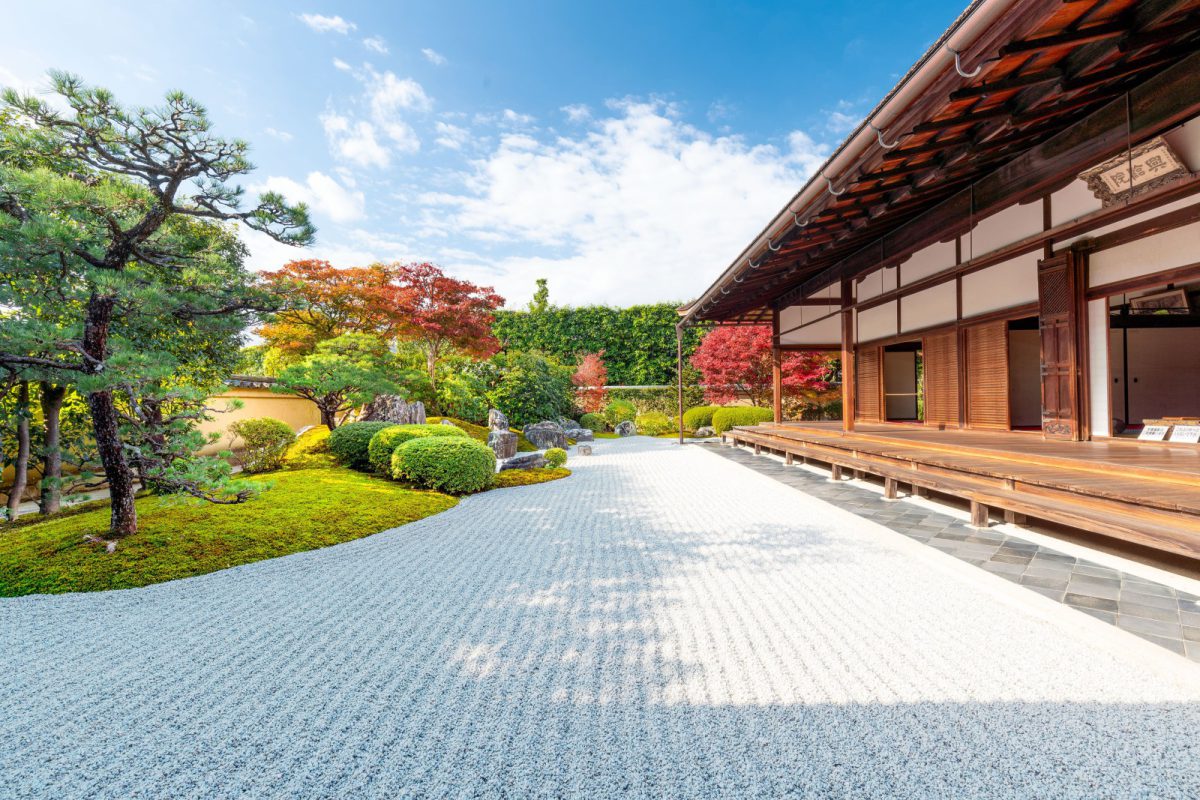
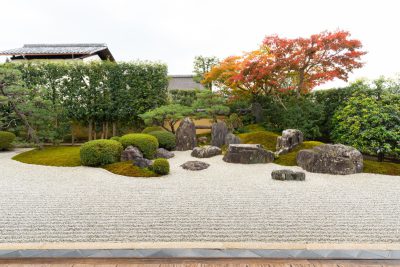
方丈庭園
白砂に石組みを配して理想の蓬莱世界を表しています。本堂の解体修理時に、資料をもとに中根金作氏が復元しました。
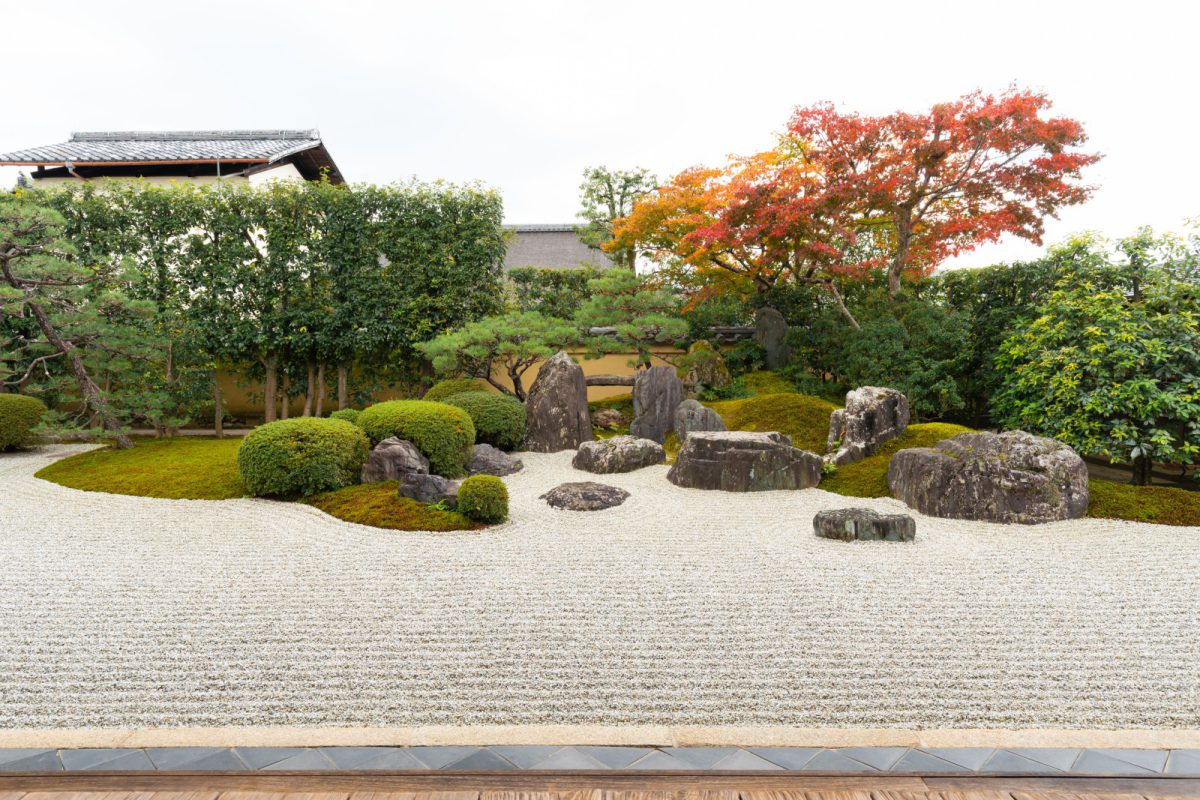
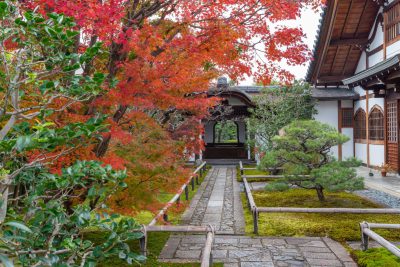
唐門
唐破風、檜皮葺で、室町時代の建築の特徴をよく表しています。波型の連子窓、客待の花頭窓などは禅宗の建築様式のひとつになります。
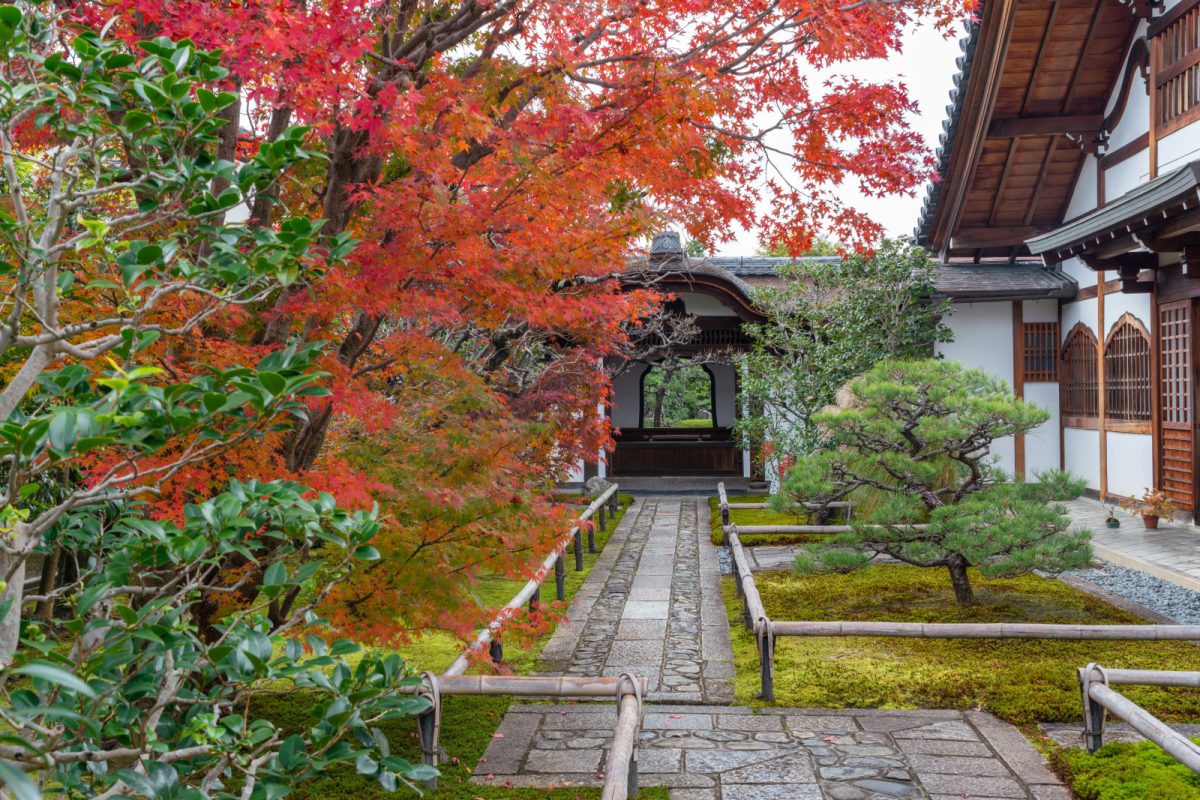
沿革
臨済宗大徳寺派大本山、大徳寺の塔頭寺院。大永年間(1521-1528)に能登(現在の石川県)の守護、畠山義総が創建、その法名を取って寺名を興臨院としました。畠山家の衰退と共に荒廃しますが、天正9年(1581)に前田利家によって屋根の葺き替えが行われ、以後、畠山家に加え前田家の菩提寺ともなりました。
創建当時の姿が残る表門と本堂(唐門を含む)が共に重要文化財指定されています。
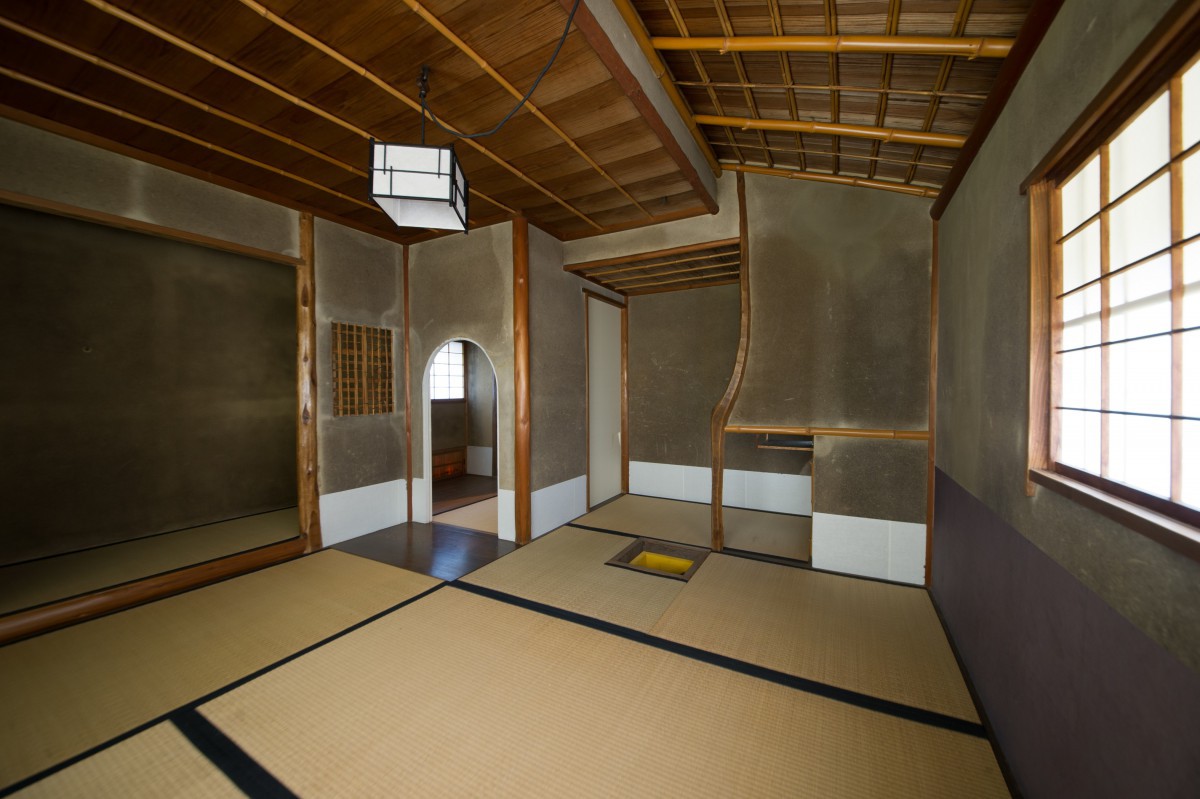
茶室「涵虚亭(かんきょてい) 」
拝観のご案内ADMISSION
- 拝観期間
- 2025年9月6日(土)~9月21日(日)・9月27日(土)~12月15日(月)
※内容が変更になる場合があります - 公開内容
- 表門(重文)
- 方丈庭園
- 本堂(重文)
- 茶室「涵虚亭(かんきょてい) 」
- 拝観休止日
- ※法務の都合により拝観休止日が増える場合があります
- 拝観時間
- 10:00~16:30(受付終了)
※12月1日(月)以降は16:00受付終了
- 拝観料
- 大人800円 中学高生400円 小学生300円(保護者同伴)
- ご連絡先
- 京都春秋
TEL 075-231-7015 / FAX 075-231-6420
Emailでのお問合せはコチラから - ご注意事項
- 以下の事項について、予めご了承ください。
- 拝観内容が変更または中止になる場合があります。
- 境内は庭園以外撮影禁止です。
- 暴風警報や大雨警報、地震など、拝観に来られる方に危険と判断した際は、事前の予告なく拝観休止とさせていただきます。休止を決定した時点で当HPやFacebook、Twitterにてお知らせいたします。
- 10名以上の団体様は事前予約をお願い致します。予約先/京都春秋 FAX 075-231-6420、または「団体拝観のご予約」ページのご予約フォームから予約をお願いいたします。
交通案内ACCESS
所在地
大徳寺 興臨院 京都市北区紫野大徳寺町80
電車、バスでお越しの方
- 京都駅から地下鉄と市バス
- 地下鉄烏丸線京都駅から国際会館行き→北大路駅下車
北大路バスターミナル青のりばから市バス1・M1・北8・204・205・206系統大徳寺前下車徒歩約5分【目安35分】
- 地下鉄烏丸線京都駅から国際会館行き→北大路駅下車
- 京都駅烏丸口から市バス
- A3のりばから市バス206系統 千本通、北大路バスターミナル行き大徳寺前下車徒歩約5分【目安時間45分】
- B3のりばから市バス205系統 西大路通、金閣寺・北大路バスターミナル行き大徳寺前下車徒歩約5分【目安時間55分】
- 京阪電車出町柳駅から市バス
- 出町柳駅前から市バス1系統 西賀茂車庫行き大徳寺前下車徒歩約5分【目安時間30分】
- 阪急大宮駅、嵐電大宮駅から市バス
- 四条大宮から市バス206系統 大徳寺・北大路バスターミナル行き大徳寺前下車徒歩約5分【目安時間35分】
お車・タクシーでお越しの方
京都駅から約30分、地下鉄北大路駅から約5分。大徳寺総門(旧大宮通り沿い)南側に有料駐車場有り
Daitoku-ji Kohrin-in Temple
Kohrin-in was built as the family temple of Saemonno-suke Hatakeyama, Lord of Noto prefecture, about A.D.1520. The temple took the Buddhist name of the founder. The first priest Shohkei was one of the most distinguished pri-ests Daitoku-ji school has ever produced. The superior's quarters shows the Muromachi style and is endowned with simple beauty of the age when the building form of temples was influencing the residential form. The front gate is elegant and secure, and is known as atypical work of Muromachi-era. Kara gate shows the building form of Zen temple very plainly. Kankyo-tei, a tea room, was named from a poem of great Chinese Poet So Tohba. It was made after the pattern of famous Hassoh-an. The garden expresses the paradies though of old Caina. An azalea bush and stones are the symbol of the Elysiam mountain. This garden has"Baidara"tree. In ancients India, they used leaves of the tree of the same sort when the sacred books were recopied. The word Baidara means "leaves" Moreover, many Chinese arts of Gen era and many important letters of old times are in Kohrin-in.
- Opening Schedule
- September 6 (Sat.) - September 21 (Sun.) and September 27 (Sat.) - December 15 (Mon.), 2025
- Closed
- Not decided.
- Opening Time
- 10:00am – 4:30pm *After December 1, reservations close at 4pm
- Admission
- Adult 800 yen, 13-18 years old 400 yen, 7-12 years old 300 yen, Under 6 years old free (must be accompanied by adults)
- Address
- 80 Daitoku-ji Murasakino Kita-ku, Kyoto Google Maps


